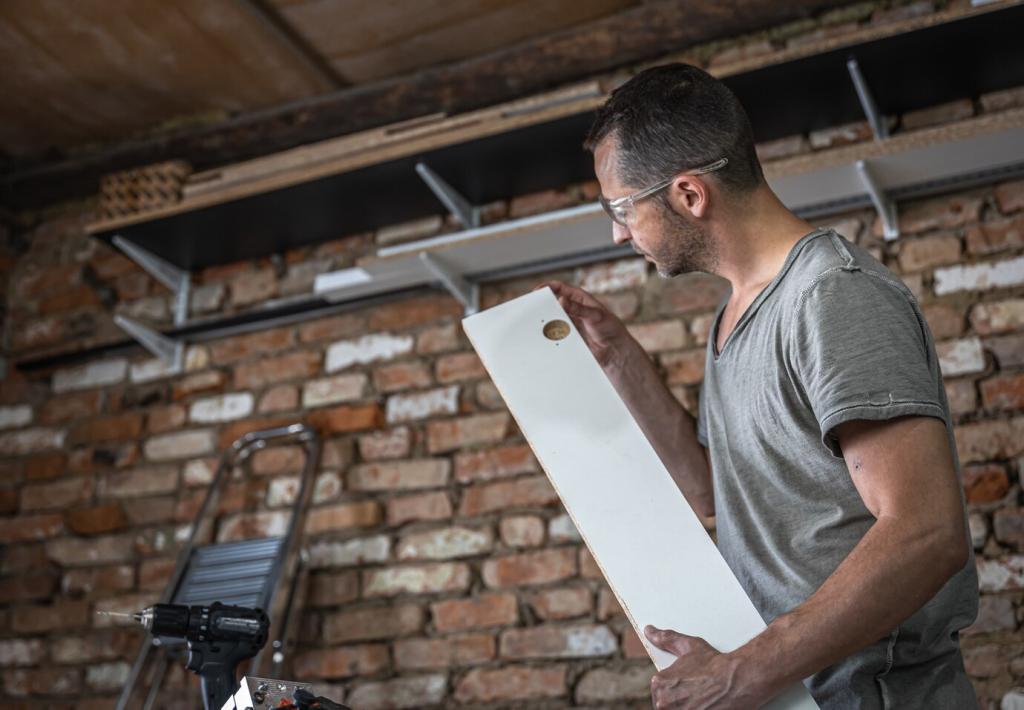Checklist for a Successful Apartment Remodel

Setting Priorities and Objectives
Begin by identifying your main objectives for the remodel. Are you doing this to increase comfort, appeal to renters, or boost resale value? Understanding your motivations shapes all subsequent decisions, from material choices to design styles. Take time to reflect on what improvements will offer the most value to you and your lifestyle. Defining both your must-have and nice-to-have items will help you make tough decisions when faced with budget or space constraints.

Analyzing Existing Layout and Functionality
Examine your apartment’s current layout, flow, and functionality. Are certain areas underutilized or in need of better organization? Mapping out how you use each space helps pinpoint what needs to change and what can remain. Visualize new possibilities, such as opening up the kitchen, adding storage, or repurposing rooms. This analysis is pivotal for aligning your goals with practical solutions that will improve daily living.

Creating a Realistic Vision Board
A vision board comprises inspiration images, colors, materials, and design elements that encapsulate your dream apartment. This creative process solidifies your style direction and makes it easier to communicate your aesthetic preferences to contractors and designers. Crafting a vision board keeps your remodel cohesive and prevents you from getting overwhelmed by the many choices available during the renovation process.
Budgeting and Financial Planning
Evaluate the overall scope of work to estimate the total project cost accurately. Research market prices for materials, labor, permits, and contingencies. Obtaining quotes from contractors helps set realistic financial expectations. Factor in a buffer—usually 10–20% of the total—for unexpected expenses such as structural repairs or last-minute changes. This upfront diligence prepares you for a smoother, stress-free remodel.

Navigating Permits and Regulations

Understanding Local Building Codes
Research local building codes that pertain to apartment remodeling. These codes govern structural changes, electrical work, plumbing, and fire safety requirements. Consulting with city officials or a knowledgeable contractor can clarify which aspects of your remodel require special attention or certified professionals. Staying informed prevents costly mistakes and helps shield you from future legal issues.

Securing Necessary Permits
Determine which parts of your renovation require permits—such as wall removals, window replacements, or extensive electrical work. Submit permit applications well before your start date to avoid project delays. Be prepared to provide detailed plans or hire professionals to assist with the paperwork. Having all permits in place not only keeps your remodel legal but also ensures your improvements are officially documented and insurable.

Coordinating with Your Building’s HOA or Management
Apartments and condos typically have specific remodeling guidelines enforced by building management or HOAs. These may include restrictions on permissible work hours, noise levels, elevator use, or approved contractors. Notify your management team of your renovation plans and acquire any necessary approvals or insurance certificates. By establishing communication early, you minimize the likelihood of neighbor disputes or work stoppages.
